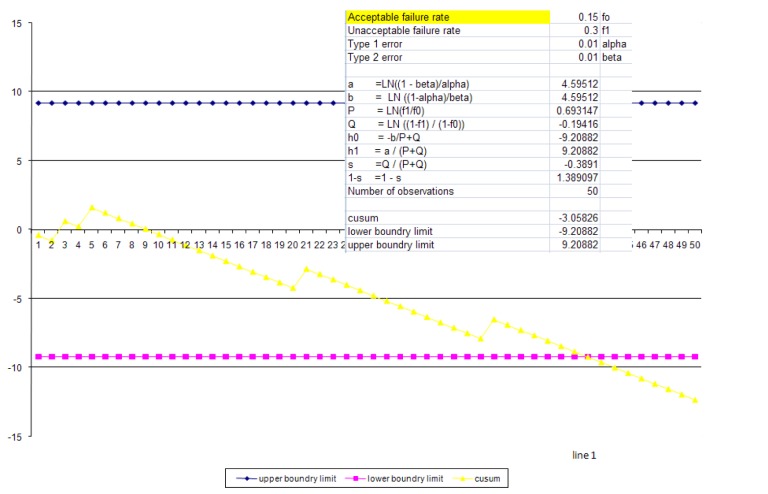Learner Audience: Residency Program Directors, Faculty
Background: In a department survey evaluating our educational program, 0% of residents rated resident-attending communication as highly effective, and 0% of residents rated intraoperative teaching as adequate. Intraoperative teaching and resident feedback were identified as key components to effective resident-attending communication. A daily debriefing form was created and implemented to (1) enhance resident-attending didactic communication, and (2) provide frequent, formative competency-based resident feedback.
Needs Assessment: Evaluation of the daily debriefing form was performed to determine its effectiveness in improving didactic communication, intraoperative teaching and resident feedback.
Hypothesis: The completion of a daily debriefing form will enhance resident-attending didactic communication in the clinical setting and provide frequent, formative, competency-based feedback to the resident.
Curriculum Design: The Daily Debriefing Form was created and implemented to enhance resident-attending didactic communication and resident feedback. A departmental survey was completed by the faculty and residents to evaluate the effects of the daily debriefing form on our educational program eight months after initiating use of the form.
Outcome: 70% of faculty reported that the daily debriefing form increased their involvement in intraoperative teaching, increased intraoperative learning of the residents, and increased the amount of daily feedback that they provide the residents. 65% of residents surveyed reported adequate intraoperative teaching compared to 0% prior to implementation of the daily debriefing form. 65% of residents surveyed reported that use of the daily debriefing form has increased intraoperative teaching and resident learning. 95% of residents reported that the daily debriefing form has increased the amount of daily feedback that they have received from attending. Challenges to use of the daily debriefing form include appropriate grading scales and faculty compliance. Our department reports improvement in intraoperative teaching and resident feedback with the use of a daily debriefing form.
Daily Debriefing Form
Evaluator: Subject:
Rotation:

General:
Today’s Date:

Cases:

Preop phonecall performed:

Preop assessment & plans:

Planned Discussion Topic(s):

Discussed:

Other Discussion Topics Today:

Review of critical events:

Checklists updated:

Feedback:
Patient Care: (gather essential info; make diagnostic and therapeutic decisions; carry out plan; perform procedures; counsel/educate pts)

Medical Knowledge: (demonstrate and apply knowledge)

Practice-Based Learning and Improvement: (facilitate learning of students; use on-line med info; improve practice from experience; use IT to manage info; obtain evidence from studies)

Interpersonal and Communication Skills: (work with others as part of team, effectively exchange info)

Professionalism: (demonstrate respect, compassion, integrity, accountability, commitment to learn, informed consent; responsive to pts needs & age, gender, culture, disabilities)

Systems- Based Practice: (practice cost-effective health care; advocate for quality pt care; understand how their practice affects health care system; know how to work with other providers to asses, coordinate and improve pt care)

General:
“What did I learn today”?








